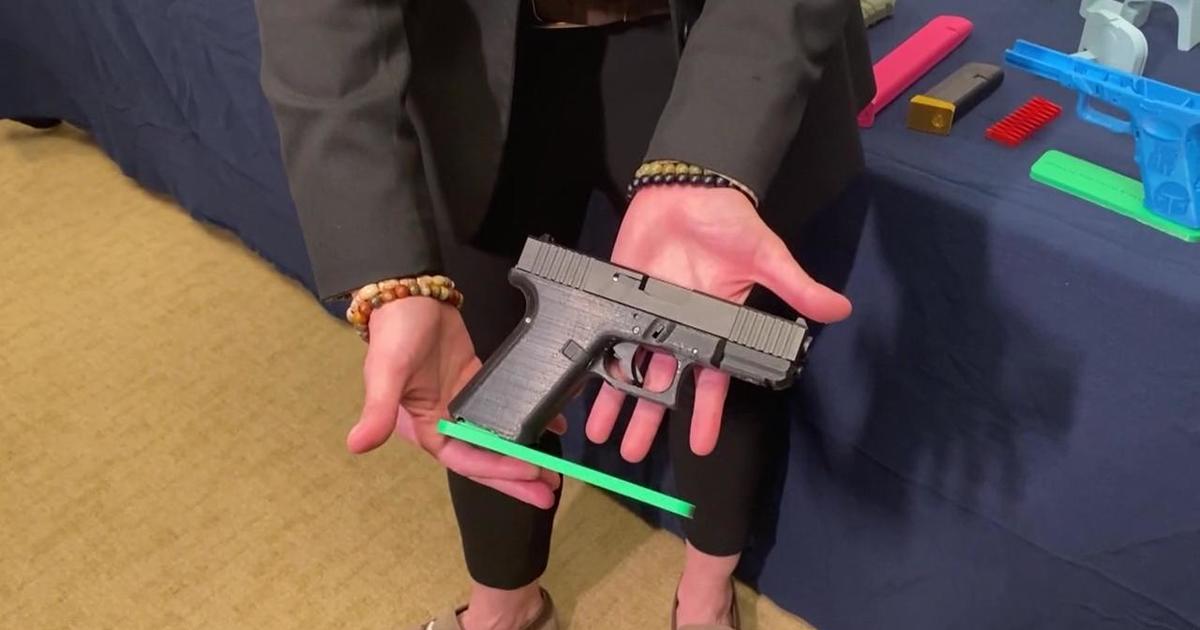HealthWatch: Combating Chronic Sinusitis
NEW YORK (CBSNewYork) -- There's new help for chronic sinusitis sufferers.
They are a couple of little plastic devices that dissolve and release medicine to treat those awful sinus symptoms and make breathing easy, CBS2's Dr. Max Gomez reported Wednesday.
Sometimes it starts with an infection, sometimes it's allergies or maybe it's just unfortunate nasal anatomy. All can lead to sinus trouble and a nasty cycle of antibiotics, antihistamines, steroids and eventually surgery.
Here's a simpler way.
"I lost my smell," sinus patient Moises Consuegra said.
Consuegra is one of an estimated 30 million people who suffer from chronic sinusitis -- and they're miserable.
"It's a big problem because breathing ... when I wake up the nose was closed," Consuegra said.
Here's how Moises and his fellow sufferers got that way.
The sinuses are air-filled spaces in the bones of the face that produce mucus. If tiny drainage holes get clogged because of allergies or infection the sinuses fill up, causing inflammation, pressure and the classic symptoms of sinusitis. In many cases the chronic inflammation leads to polyps, which further block the airways.
And when medication stops working, "Some of those patients require surgery, surgery to fix the anatomy. Basically fixing the plumbing. We want everything to drain well," said Dr. Moshe Ephrat of ENT & Allergy Associates.
MORE: Common Childhood Allergies To Watch Out For
To improve the results, there's now a little spring-like device called PROPEL that Dr. Ephrat inserts during surgery that not only holds the nasal passages open during healing but also slowly dissolves, releasing low doses of steroids over two or three months.
"It has a steroid in it, a local steroid called mometasone. It prevents scarring and reduces inflammation and can actually prevent polyp regrowth," Dr. Ephrat said.
But there are patients like Consuegra who still have their polyps grow back. For those patients there's a variation of the propel device called SINUVA.
It's a small plastic umbrella that's inserted in the office with local anesthesia. It, too, releases steroids to gradually shrink polyps. Two or three months later, the SINUVA implant is removed in the office and patients like Moises can breathe again.
These devices are not for everyone with chronic sinus problems. Medications are still the first line treatment. The PROPEL device is for patients with polyps who get surgery and the SINUVA is for people who've already had surgery and the polyps have grown back.




